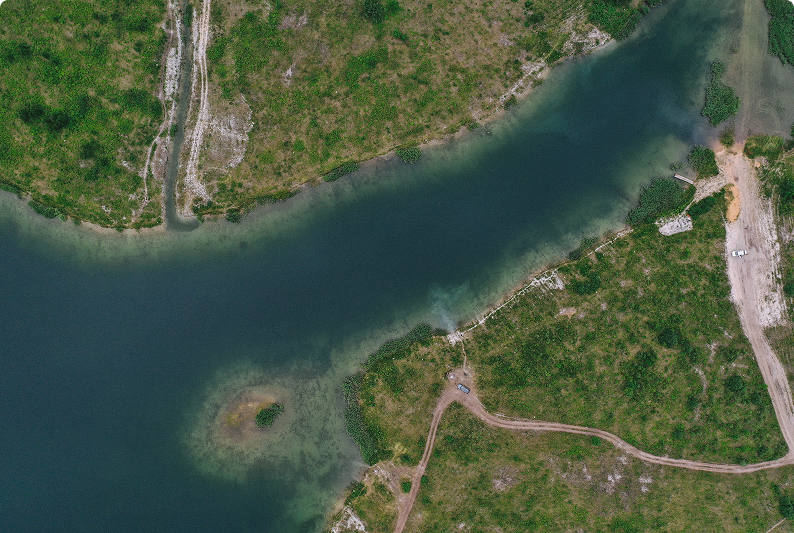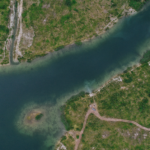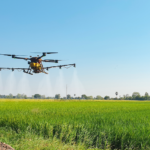Blogs
Blogs
Flying robots help you look far and beyond. Dig deeper into land mining with precise image survey and estimation.
The Role of Drones in Environmental Monitoring and Conservation
Introduction

Key Applications in Data Collection:
- Forest Monitoring: Assessing deforestation rates and forest health.
- Water Quality Assessment: Measuring pollution levels in lakes, rivers, and coastal areas.
- Soil Analysis: Analyzing soil composition to detect erosion and degradation.
Wildlife Conservation Efforts
Drones play a crucial role in wildlife conservation by helping to monitor endangered species, prevent poaching, and study animal behavior without disturbing natural habitats.
Wildlife Conservation Efforts
- Population Surveys: Counting animal populations in remote areas.
- Anti-Poaching Operations: Detecting illegal activities in protected areas.
- Habitat Mapping: Tracking changes in animal habitats over time.
Disaster and Climate Change Monitoring
Drones provide critical data for disaster response and climate change monitoring, offering real-time information in areas impacted by natural disasters and environmental changes.
Disaster and Climate Change Applications:
- Flood Mapping: Identifying flood-prone areas and water levels.
- Wildfire Monitoring: Tracking the spread of wildfires and assessing damage.
- Glacier Monitoring: Measuring changes in glacier size due to climate change.
Cost-Effective and Sustainable Solutions
Compared to traditional monitoring methods, drones offer a more cost-effective and environmentally friendly approach to environmental research and conservation.
Benefits of Drone Use:
- Reduced Carbon Footprint: Lower emissions compared to manned aircraft.
- Lower Operational Costs: Eliminates the need for expensive helicopters and ground crews.
- Minimal Environmental Impact: Non-invasive data collection methods.
Future Prospects
As drone technology advances, their role in environmental conservation is expected to expand further. The integration of artificial intelligence, machine learning, and autonomous navigation will enhance data accuracy and operational efficiency.
Future Innovations:
- AI-Based Species Identification: Automated detection of animal species.
- Real-Time Environmental Data Analysis: Instant insights for faster decision-making.
- Drone Swarms: Coordinated drones for large-scale monitoring projects.
Drones are transforming environmental monitoring and conservation efforts by offering innovative, cost-effective, and non-invasive solutions. Their ability to gather detailed data in remote and hazardous areas makes them invaluable tools for protecting ecosystems and combating climate change. As technology continues to evolve, drones will play an even more critical role in safeguarding the planet’s natural resources.

Albert Flores
Discover how drone technology is transforming infrastructure monitoring by enhancing efficiency, safety, and data accuracy.
- February 08, 2023
- 02 Comments
Explore Our Drone Services
Discover how drone technology is transforming infrastructure monitoring by enhancing efficiency, safety, and data accuracy.
Explore More Insights
Discover a wealth of knowledge and innovations in drone technology by exploring more insights from Vyomik Drones.




